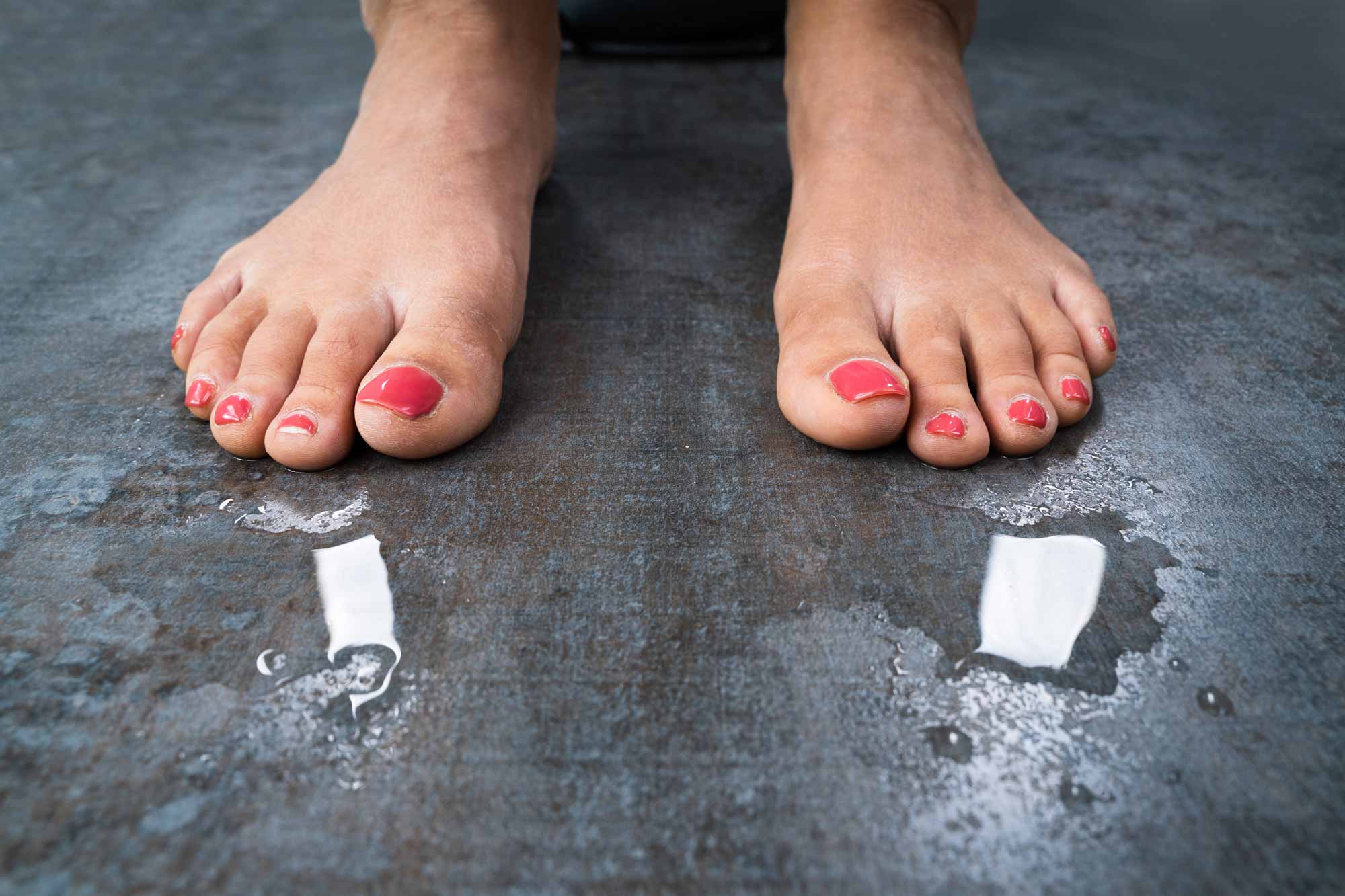Recognizing the Origin of Excessive Sweating and Its Impact on Life
Extreme sweating, also referred to as hyperhidrosis, is a condition that influences a significant portion of the population, yet its hidden causes and ramifications on daily working stay rather enigmatic. While it is typically comprehended as a physiological reaction to control body temperature level, the triggers for too much sweating can vary widely amongst individuals, incorporating not just physical elements yet emotional and additionally emotional elements. The influence of this condition prolongs past simple pain, often influencing social interactions and general quality of life. By diving into the source of hyperhidrosis and discovering its diverse effects, a deeper understanding of this pervasive problem can be acquired, clarifying the complexities that individuals grappling with too much sweating browse on a day-to-day basis.
Physiology of Sweat Glands
The law of sweat manufacturing, a vital physiological process, is mainly regulated by the activity of gland distributed across the body. Gland are classified into two main types: eccrine and apocrine glands. Eccrine glands are the most countless and are found in virtually all locations of the body. They play an essential duty in thermoregulation by producing a watery liquid onto the skin's surface, which evaporates and helps cool down the body down. On the other hand, apocrine glands are focused in locations rich in hair roots, such as the armpits and groin, and their secretions are thicker and milky in appearance.
When the body temperature level climbs, either because of physical activity, high temperatures, or psychological stress and anxiety, the nervous system causes the gland to produce sweat. This sweat is made up largely of water and electrolytes like salt and chloride. The procedure of sweat manufacturing is crucial for maintaining the body's internal temperature level within a slim, ideal range, highlighting the essential duty gland play in human physiology.
Triggers for Excessive Sweating
In understanding the origin of too much sweating, it is critical to recognize the triggers that can result in this physical feedback. Too much sweating, also recognized as hyperhidrosis, can be triggered by various aspects, both ecological and physiological. One usual trigger is psychological anxiety or anxiousness, which can boost the body's gland to create even more sweat than is needed for cooling. Physical physical effort, high temperature levels, and spicy foods are additionally understood to cause too much sweating in individuals vulnerable to this problem. Moreover, specific clinical conditions like diabetic issues, hyperthyroidism, or menopause can add to excessive sweating also.
In addition, medicines such as some antidepressants, opioids, and specific supplements can likewise work as triggers for hyperhidrosis. Understanding these triggers is important in handling too much sweating successfully - Sweaty hands treatment. By identifying and dealing with the specific triggers that prompt excessive sweating in a private, healthcare providers can establish personalized therapy strategies to minimize this condition and enhance the person's lifestyle
Medical Conditions Associated
Connected with extreme sweating are different medical conditions that can worsen this physiological feedback. One usual problem is hyperhidrosis, a disorder defined by abnormally boosted sweating that surpasses the body's thermoregulatory needs. This can show up in focal areas like the hands, soles, underarms, or face, impacting an individual's have a peek here top quality of life due to social shame and pain.
Moreover, endocrine conditions such as hyperthyroidism, diabetic issues, and menopausal warm flashes can additionally lead to excessive sweating. Hyperthyroidism creates an overproduction of thyroid hormonal agents, speeding up metabolism and triggering sweating.
In addition, infections like endocarditis, consumption, and hiv have actually been connected with night sweats, a common symptom recognized to interfere with rest and influence overall wellness. These clinical problems highlight the diverse variety of underlying aspects that can add to too much sweating, demanding comprehensive examination and management by medical care professionals.
Emotional and Psychological Factors

Influence On Social Communications
Excessive sweating can have extensive impacts on an individual's capability to engage easily in social communications. The visible indicators of sweat stains or damp patches on garments can lead to shame and self-consciousness, triggering people to withdraw from social circumstances. This withdrawal can influence connections, restriction social activities, and impede expert and individual growth.

Additionally, the anxiousness and self-esteem issues coming from extreme sweating can influence communication and interpersonal skills. Individuals may have a hard time to concentrate on discussions, join group activities, or express themselves confidently. This can result in feelings of isolation and solitude, as social links end up being testing to keep.
Verdict

While it is typically comprehended as a physiological response to regulate body temperature level, the triggers for too much sweating can differ commonly among individuals, including not just physical factors however also psychological and emotional elements. By delving right into the root triggers of hyperhidrosis and discovering its complex effects, a deeper understanding of this prevalent problem can be acquired, losing light on the complexities that people grappling with excessive sweating browse on an everyday basis.
Physical physical effort, high temperatures, and spicy foods are also recognized to set off extreme sweating in people prone to this condition. By identifying and resolving the details triggers that trigger too much sweating in a specific, medical care providers can establish individualized treatment plans to ease this problem and improve the person's high quality of life.
Extreme sweating can have profound impacts on a person's ability to engage pleasantly in social interactions.
Comments on “Comprehensive Overview to Sweaty Hands Treatment: Proven Dermatology Approaches”